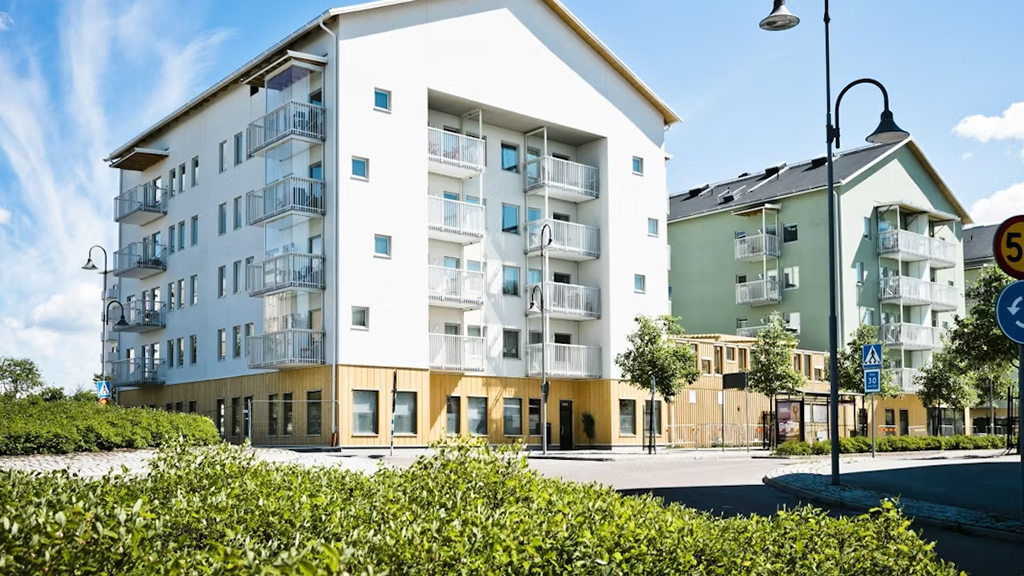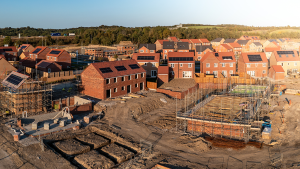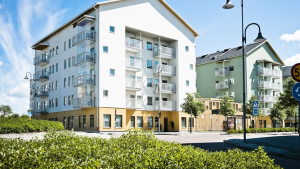Canada is one of many countries currently facing a severe shortage of housing, particularly with “affordable housing.”
Estimates suggest 3.5 million homes are needed across the country over the next five years.
Many provincial jurisdictions have pledged to deal with issues that are challenging housing supply. Ontario recently announced measures to “cut red tape” in order to speed up construction starts and lower bureaucratic costs. British Columbia has offered pre-approved housing designs for “small-scale, multi-unit housing” to simplify approval processes while simultaneously complying with the province’s 2024 Building Code and its high level of energy efficiency.
In the last days of the Justin Trudeau government, a federal catalogue of pre-approved housing designs was put forward in preliminary form, mostly focussed on small multi-unit designs and infill homes. However, Prime Minister Mark Carney may now be moving Canada in a different direction.
One of Carney’s pre-election promises was to launch the Build Canada Homes (BCH) program to address Canada’s housing shortage. A big part of BCH’s mission would be to provide $25 billion in federal government loans for companies that build homes in factories rather than on construction sites, plus $1 billion in equity financing to innovative Canadian prefabricated homebuilders.
According to the Liberal Party statement, “Prefabricated and modular housing can reduce construction times by up to 50 per cent, costs by up to 20 per cent, and emissions by up to 22 per cent compared to traditional construction methods.”
However, investors must be confident a reliable flow of orders will exist before they consider any expansion of prefabricated housing capacity. Perhaps recognizing Canada’s private housing sector on its own cannot develop sufficient continuous demand, the BCH intends to be a buyer.
“BCH will issue bulk orders of units from manufacturers to create sustained demand. Financing will leverage Canadian technologies and resources like mass timber and softwood lumber, as well as support more apprenticeship opportunities to grow our skilled trades workforce.”
Even so, moving forward with such an ambitious agenda that straddles both national housing and industrial policies will not be easy or immediate. And not everyone agrees factory-built homes would be less expensive, at least not right away.
“The business case for prefabricated and modular construction is difficult to make on cost alone,” Brendan Haley, senior director of policy strategy at Efficiency Canada, told the Daily Commercial News.
“Yet we think there is potential for dynamic efficiencies as it scales up, producing lower costs over time. This is like the history of other technologies, where the initial value that helps the technology grow is based on non-price characteristics.”
One of the non-price characteristics is the potential to build prefabricated homes to higher levels of energy efficiency and lower levels of embodied carbon than is possible on an outdoor jobsite.
Canada only has to look to Europe for prefabrication leadership. Factory-built home construction is an enormous industry in Europe, surpassing an estimated US$36 billion in 2024 and projected to reach US$60 billion annually by 2033.
Sweden represents a success story particularly relevant to Canada, given its climatic similarities that result in a short building season and the need for energy efficiency. Despite lacking the domestic demand and manufacturing capacity of other leading prefab nations like China or Japan, Sweden is considered a world leader in prefabricated homebuilding. An estimated 84 per cent of detached homes in Sweden have prefab elements, versus perhaps five per cent in Canada.
Government incentives, not unlike what Carney is proposing, have made an important contribution to the industry’s growth in Sweden and across Europe, particularly when combined with the adoption of sustainable business practices. Prefabricated homes typically create less material waste and use less energy, aligning with global environmental goals in addition to cost and efficiency improvements.
Furthermore, Swedish prefabricators have consistently targeted low or mid-range markets, competing with traditional processes on the basis of reducing production costs and sale prices, write a team of researchers from Australia and Sweden.
These objectives seem to be in line with Carney’s ambitions for Canada. Will our housing industry respond to the challenge with action?







Recent Comments